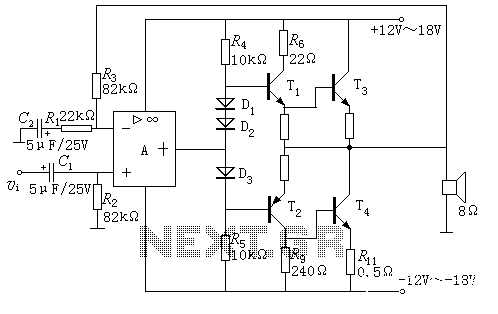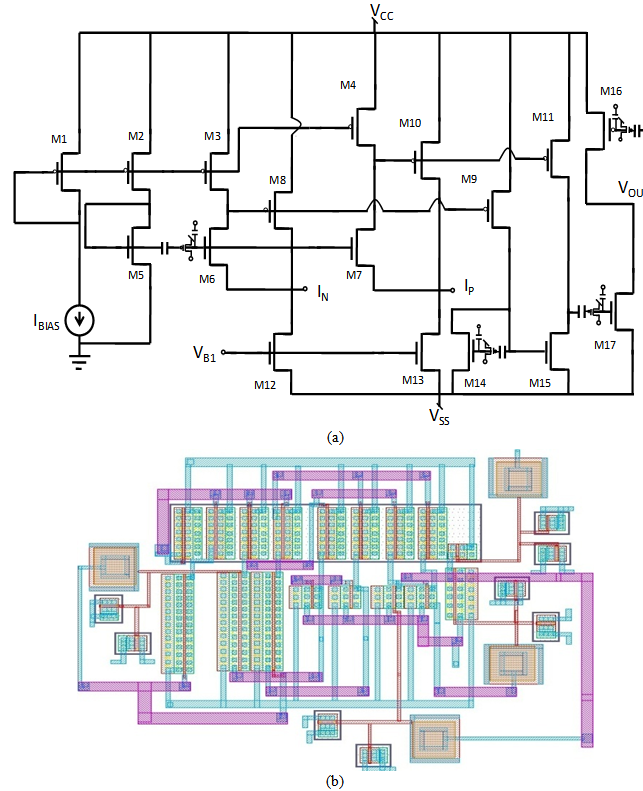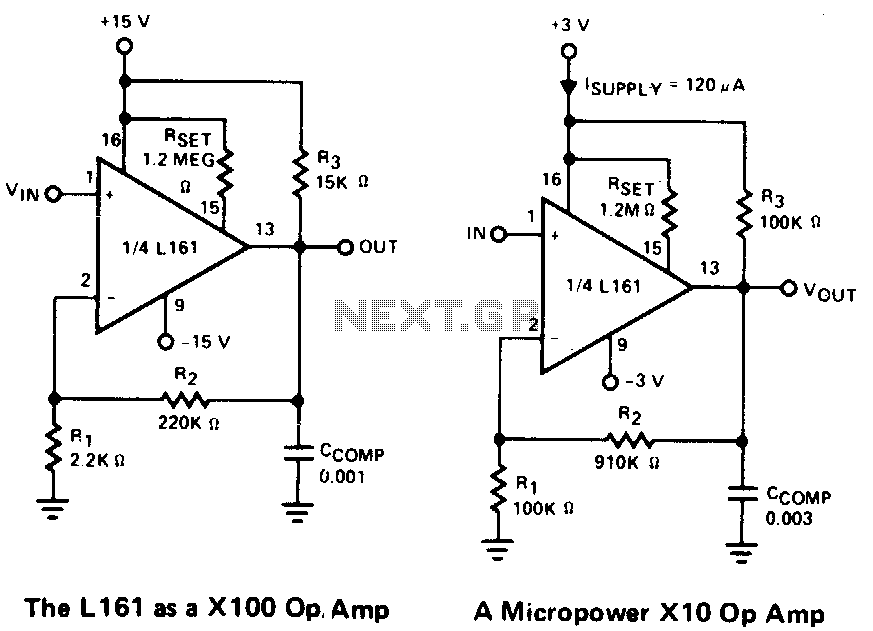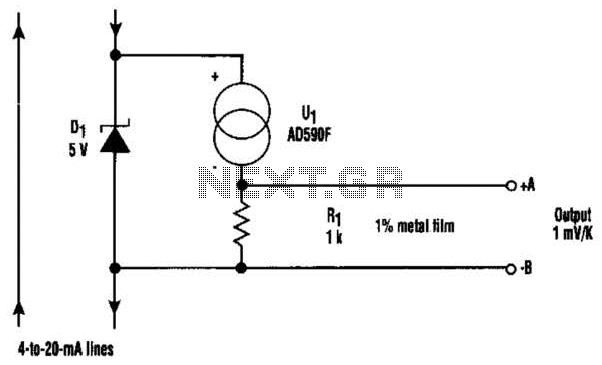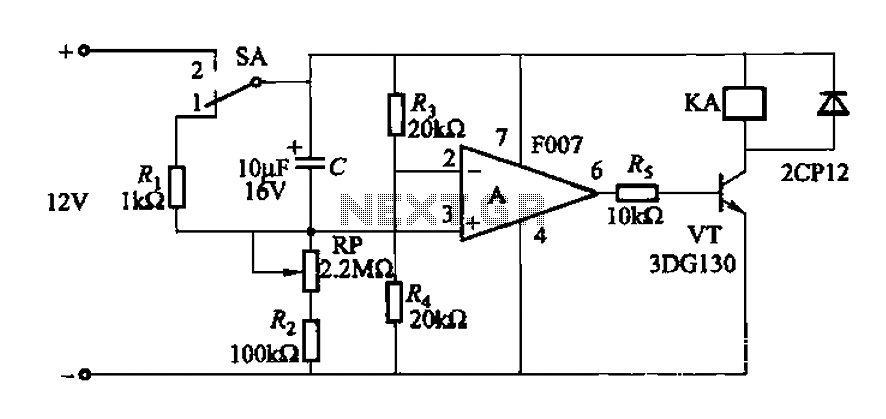
Triac-Construction and Operation
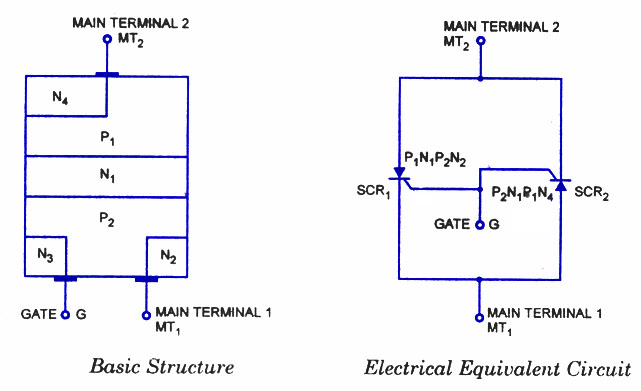
The triac is a three-terminal AC switch that is activated into conduction when a low-energy signal is applied to its gate terminal. Unlike the SCR, the triac can conduct in either direction once it is turned on. Additionally, the triac can be triggered into conduction by either a positive or negative gate signal. It is a three-terminal, four-layer bidirectional semiconductor device that controls AC power, while an SCR is used for DC power or forward-biased half cycles of AC in a load. Due to its bidirectional conduction property, the triac is extensively utilized in power electronics for control applications. Triacs with a 16 kW rating are commonly available on the market. The term "triac" is an abbreviation for three-terminal AC switch, where "tri" signifies three terminals, and "ac" indicates that the device manages alternating current or can conduct in both directions. As previously mentioned, the triac is a three-terminal, four-layer bilateral semiconductor device that consists of two SCRs connected in inverse parallel with a common gate terminal within a single chip. The arrangement of the triac features six doped regions. The gate terminal (G) establishes ohmic contacts with both the N and P materials, allowing trigger pulses of either polarity to initiate conduction. The electrical equivalent circuit and schematic symbol are illustrated in accompanying figures. Since the triac is a bilateral device, the terms anode and cathode are not applicable; instead, the terminals are designated as main terminal 1 (MT1), main terminal 2 (MT2), and gate (G). To avoid confusion, it is customary to specify all voltages and currents using MT1 as the reference. The triac can be turned on without any gate current if the supply voltage reaches the breakover voltage; however, the standard method to activate the triac is by applying an appropriate gate current. Similar to SCRs, a larger gate current allows the triac to turn on at a lower supply voltage. The triac can conduct current regardless of the voltage polarity between terminals MT1 and MT2, as well as that of the gate with respect to terminal MT2. Consequently, there are four operational modes for the triac. In the first mode, when terminal MT2 is positive relative to terminal MT1, current flows through the path P1-N1-P2-N2, with the junctions P1-N1 and P2-N2 being forward biased while junction N1-P2 remains blocked. The triac is then considered positively biased. In the second mode, although the current flow path is similar to the first mode, junction P2-N3 becomes forward biased, and current carriers injected into P2 activate the triac. In the third mode, when terminal MT2 is negative concerning terminal MT1, the current flows through P2-N1-P1-N4, with junctions P2-N1 and P1-N4 forward biased, while junction N1-P1 is blocked. The triac is negatively biased in this scenario. The fourth mode should generally be avoided, particularly in circuits where high di/dt may occur. Triggering modes two and three exhibit high sensitivity, and negative gate pulses should be utilized in cases of marginal triggering capability. Although triggering mode one is more sensitive compared to modes two and three, it requires a positive gate trigger. However, for bidirectional control and uniformity, triggering modes two and three are preferred.
The triac is often represented in electronic schematics by a specific symbol that indicates its three terminals. The gate terminal, typically denoted as G, is crucial for controlling the conduction state of the triac. The application of a gate signal can be done through resistive or capacitive coupling, depending on the desired circuit behavior and the characteristics of the load being controlled.
In practical applications, the triac can be used in various configurations, including phase control for light dimmers, motor speed controllers, and heater control circuits. The choice of gate current and the timing of the gate pulse are critical parameters that affect the performance of the triac in these applications. Additionally, considerations must be made regarding the thermal management of the triac, as excessive heat can lead to failure. Heat sinks or thermal pads are often employed to dissipate heat generated during operation.
For optimal performance, the triac should be selected based on its voltage and current ratings, which must exceed the maximum expected load conditions. Furthermore, protective components such as snubber circuits may be used to safeguard the triac from voltage spikes and to enhance its reliability in various operational environments.The triac is another three-terminal ac switch that is triggered into conduction when a low-energy signal is applied to its gate terminal. Unlike the SCR, the triac conducts in either direction when turned on. The triac also differs from the SCR in that either a positive or negative gate signal triggers it into conduction.
Thus the triac is a three terminal, four layer bidirectional semiconductor device that controls ac power whereas an SCR controls dc power or forward biased half cycles of ac in a load. Because of its bidirectional conduc tion property, the triac is widely used in the field of power electronics for control purposes.
Triacs of 16 kW rating are readily available in the market. Triac is an abbreviation for three terminal ac switch. Tri`-indicates that the device has three terminals and ac` indicates that the device controls alternating current or can conduct in either direction. As mentioned above, triac is a three terminal, four layer bilateral semiconductor device. It incorporates two SCRs connected in inverse parallel with a com mon gate terminal in a single chip device.
The arrangement of the triac is shown in figure. As seen, it has six doped regions. The gate terminal G makes ohmic contacts with both the N and P materials. This permits trigger pulse of either polarity to start conduction. Electrical equivalent circuit and schematic symbol are shown in figure. b and figure. c respectively. Since the triac is a bilateral device, the term anode and cathode has no meaning, and therefore, terminals are designated as main terminal 1. (MT1), main terminal 2 (MT2) and gate G. To avoid confusion, it has become common practice to specify all voltages and currents using MT1 as the reference.
Though the triac can be turned on without any gate current provided the supply voltage becomes equal to the breakover voltage of the triac but the normal way to turn on the triac is by applying a proper gate current. As in case of SCR, here too, the larger the gate current, the smaller the supply voltage at which the triac is turned on.
Triac can conduct current irrespective of the voltage polarity of terminals MT1 and MT2 with respect to each other and that of gate and terminal MT2. Consequently four different possibilities of operation of triac exists. They are: When terminal MT2 is positive with respect to terminal MT1 current flows through path P1-N1-P2-N2.
The two junctions P1-N1 and P2-N2 are forward biased whereas junction N1 P2 is blocked. The triac is now said to be positively biased. Though the flow path of current remains the same as in mode 1 but now junction P2-N3 is forward biased and current carriers injected into P2 turn on the triac. When terminal MT2 is negative with respect to terminal MT1, the current flow path is P2-N1-P1-N4. The two junctions P2-N1 and P1 - N4 are forward biased whereas junction N1-P1 is blocked. The triac is now said to be negatively biased. Though the flow path of current remains the same as in mode 3 but now junction P2-N2 is forward biased, current carriers are injected and therefore, the triac is turned on.
Generally, trigger mode 4 should be avoided especially in circuits where high di/dt may occur. The sensitivity of triggering modes 2 and 3 is high and in case of marginal trigger ing capability negative gate pulses should be used. Though the triggering mode 1 is more sensitive compared to modes 2 and 3, it requires a positive gate trigger.
However, for bidirectional control and uniform gate trigger modes 2 and 3 are preferred. 🔗 External reference
The triac is often represented in electronic schematics by a specific symbol that indicates its three terminals. The gate terminal, typically denoted as G, is crucial for controlling the conduction state of the triac. The application of a gate signal can be done through resistive or capacitive coupling, depending on the desired circuit behavior and the characteristics of the load being controlled.
In practical applications, the triac can be used in various configurations, including phase control for light dimmers, motor speed controllers, and heater control circuits. The choice of gate current and the timing of the gate pulse are critical parameters that affect the performance of the triac in these applications. Additionally, considerations must be made regarding the thermal management of the triac, as excessive heat can lead to failure. Heat sinks or thermal pads are often employed to dissipate heat generated during operation.
For optimal performance, the triac should be selected based on its voltage and current ratings, which must exceed the maximum expected load conditions. Furthermore, protective components such as snubber circuits may be used to safeguard the triac from voltage spikes and to enhance its reliability in various operational environments.The triac is another three-terminal ac switch that is triggered into conduction when a low-energy signal is applied to its gate terminal. Unlike the SCR, the triac conducts in either direction when turned on. The triac also differs from the SCR in that either a positive or negative gate signal triggers it into conduction.
Thus the triac is a three terminal, four layer bidirectional semiconductor device that controls ac power whereas an SCR controls dc power or forward biased half cycles of ac in a load. Because of its bidirectional conduc tion property, the triac is widely used in the field of power electronics for control purposes.
Triacs of 16 kW rating are readily available in the market. Triac is an abbreviation for three terminal ac switch. Tri`-indicates that the device has three terminals and ac` indicates that the device controls alternating current or can conduct in either direction. As mentioned above, triac is a three terminal, four layer bilateral semiconductor device. It incorporates two SCRs connected in inverse parallel with a com mon gate terminal in a single chip device.
The arrangement of the triac is shown in figure. As seen, it has six doped regions. The gate terminal G makes ohmic contacts with both the N and P materials. This permits trigger pulse of either polarity to start conduction. Electrical equivalent circuit and schematic symbol are shown in figure. b and figure. c respectively. Since the triac is a bilateral device, the term anode and cathode has no meaning, and therefore, terminals are designated as main terminal 1. (MT1), main terminal 2 (MT2) and gate G. To avoid confusion, it has become common practice to specify all voltages and currents using MT1 as the reference.
Though the triac can be turned on without any gate current provided the supply voltage becomes equal to the breakover voltage of the triac but the normal way to turn on the triac is by applying a proper gate current. As in case of SCR, here too, the larger the gate current, the smaller the supply voltage at which the triac is turned on.
Triac can conduct current irrespective of the voltage polarity of terminals MT1 and MT2 with respect to each other and that of gate and terminal MT2. Consequently four different possibilities of operation of triac exists. They are: When terminal MT2 is positive with respect to terminal MT1 current flows through path P1-N1-P2-N2.
The two junctions P1-N1 and P2-N2 are forward biased whereas junction N1 P2 is blocked. The triac is now said to be positively biased. Though the flow path of current remains the same as in mode 1 but now junction P2-N3 is forward biased and current carriers injected into P2 turn on the triac. When terminal MT2 is negative with respect to terminal MT1, the current flow path is P2-N1-P1-N4. The two junctions P2-N1 and P1 - N4 are forward biased whereas junction N1-P1 is blocked. The triac is now said to be negatively biased. Though the flow path of current remains the same as in mode 3 but now junction P2-N2 is forward biased, current carriers are injected and therefore, the triac is turned on.
Generally, trigger mode 4 should be avoided especially in circuits where high di/dt may occur. The sensitivity of triggering modes 2 and 3 is high and in case of marginal trigger ing capability negative gate pulses should be used. Though the triggering mode 1 is more sensitive compared to modes 2 and 3, it requires a positive gate trigger.
However, for bidirectional control and uniform gate trigger modes 2 and 3 are preferred. 🔗 External reference
Warning: include(partials/cookie-banner.php): Failed to open stream: Permission denied in /var/www/html/nextgr/view-circuit.php on line 713
Warning: include(): Failed opening 'partials/cookie-banner.php' for inclusion (include_path='.:/usr/share/php') in /var/www/html/nextgr/view-circuit.php on line 713
